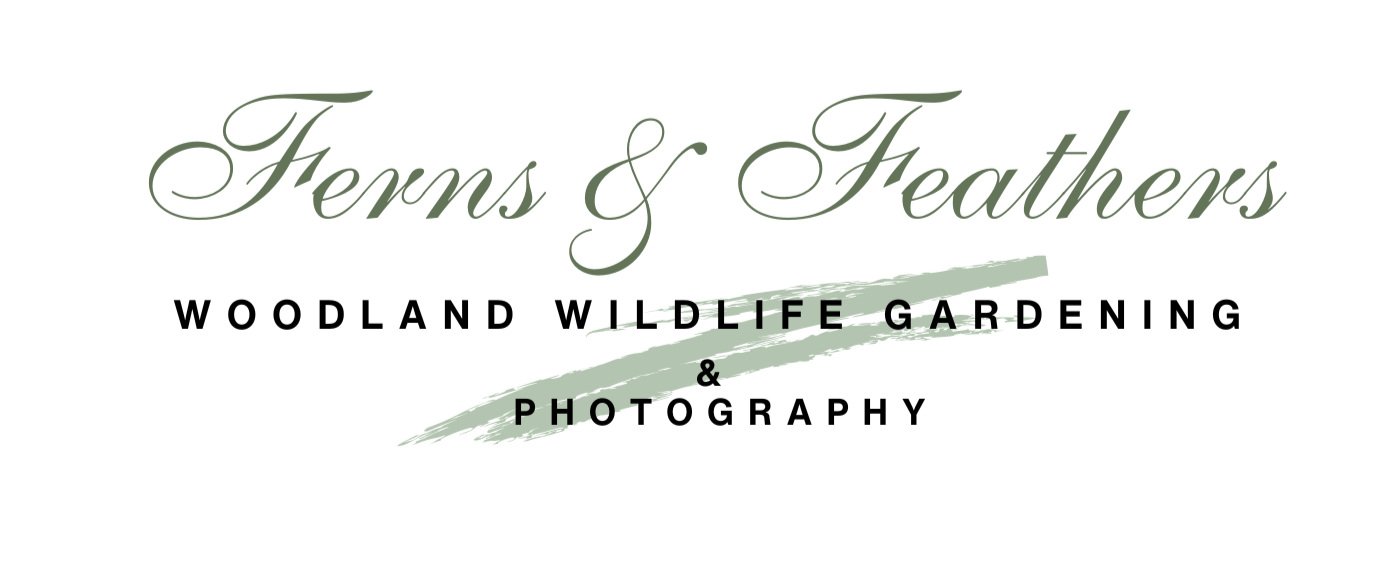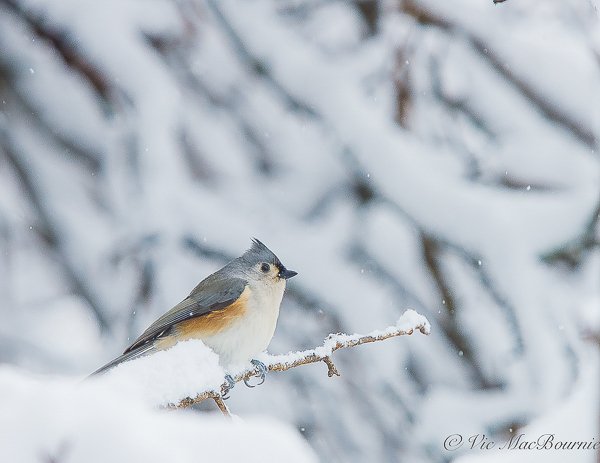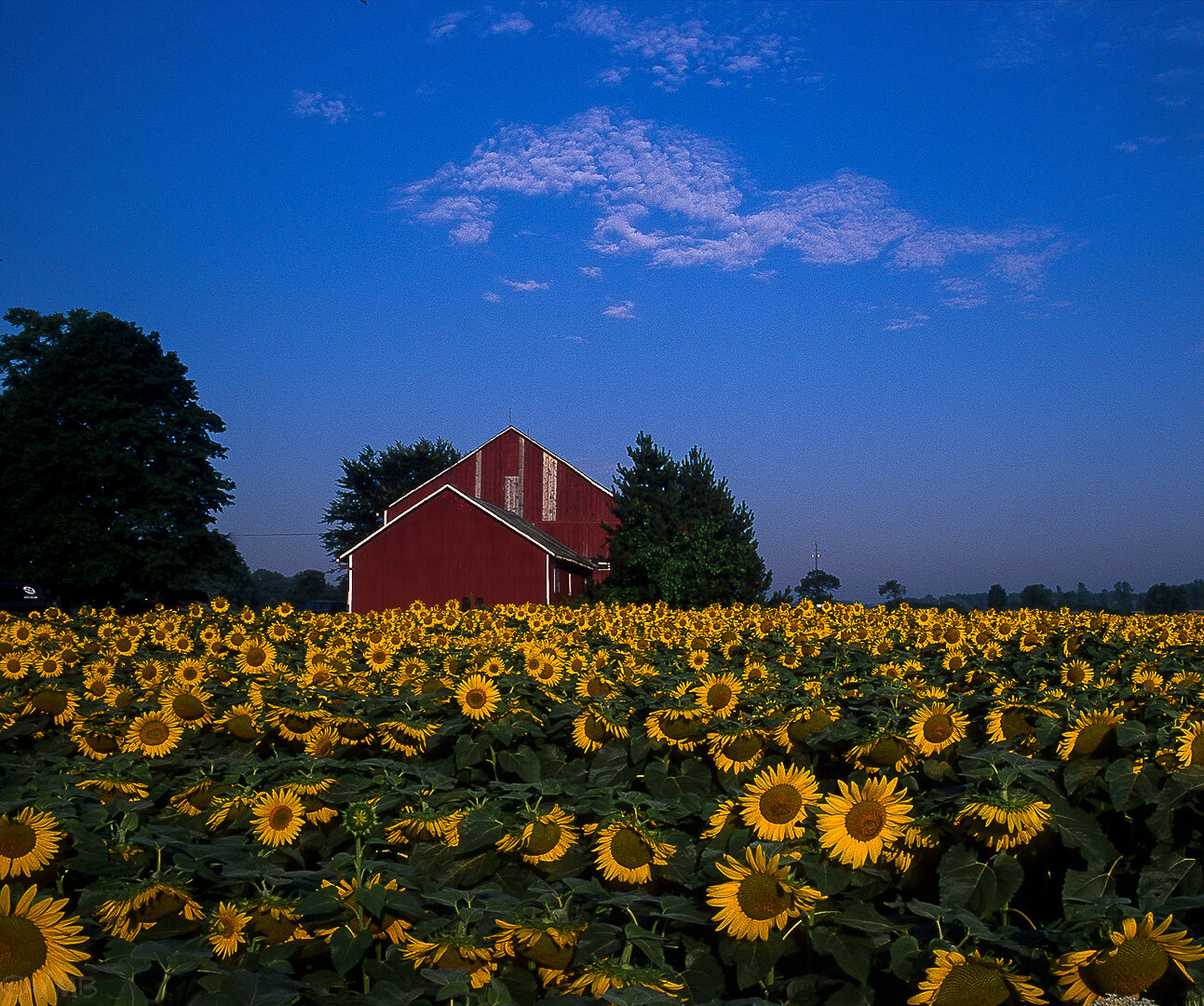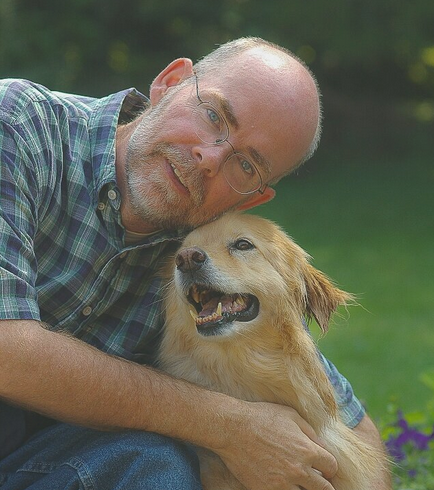Give your garden and wildlife images room to breathe
Consider adding more “environmental portraits” to your portfolio this year
In high school one of my buddies was what you call a “close talker.” Great guy. Everyone loved him except when he got up close and personal telling a story or passing on information.
So, whenever he wanted to talk to you, for some reason he felt he had to get so close that it became a bit uncomfortable. You wanted to be polite and not say anything, but inside you’re saying to yourself, “please back off a bit, this is uncomfortable.”
That’s exactly how I feel about many images I see from photographers on social media. I’m not sure if they want to justify the purchase of a very long and expensive telephoto lens, or if they think that getting in as close as possible to a subject instantly makes the image superior to one that has a little breathing room.
In many cases, but I want to make this perfectly clear, obviously not all, the images would benefit from moving back and showing the animal, bird or flower in more of its environment.
This thought was brought home to me this week while reading Portraits of Earth, written by Freeman Patterson my all-time favourite photographer and a Canadian I might add. His environmental portraits of the earth capture the essence of his subjects, while always leaving room to appreciate them in the context of their role on earth.
Of course, there are many occasions when the best shot is a close one, or one that has been closely cropped in post processing. A busy or unnatural background are just two reasons to move in close. An outstanding subject in beautiful light that just begs for a close approach is another. And there are lots of other reasons to get as close to your subject as possible.
In fact, in many instances getting as close as possible still leaves the photographer so far away that you have no other choice but to create an environmental portrait.
But when you are making a picture – whether it’s of a bird, mammal or flower – ask yourself whether the image would benefit from backing off a little. If you are cropping the image during post processing, ask yourself if moving in as close as possible and eliminating all sense of environment is the best choice.
This thought was brought home to me this week while reading Portraits of Earth, written by Freeman Patterson my all-time favourite author and photographer and a Canadian I might add. His environmental portraits of the earth capture the essence of his subjects, while always leaving room to appreciate them in the context of their role on earth. Check out used book retailer Alibris to get great buys on Freeman’s outstanding photography books including his book The Garden that I will be reviewing in the near future.
This image of a bull and female moose in Medicine Lake, Jasper, Alberta is, in my mind, the essence of an environmental portrait of these two magnificent animals. Moving in close would only have ruined the sense of space that the lake and mountains in the background provide. For me, the image illustrates how huge our wild areas are when it can literally dwarf these two massive animals.
This approach, while much more artistic, is also more revealing. If done well, an environmental portrait more often captures the essence of what the photographer was trying to portray much more than an extreme closeup could ever achieve.
As nature and garden photographers, it’s important to show our subjects in their environment whenever possible. By showing our subject in its environment, we reveal the habitat where it lives. A warbler reaching for an insect hidden in the bud of a native dogwood tree, for example, reveals the story of how the warbler survives on its migratory journey and the importance of native trees and plants are to its survival. A fox kit playing outside its den on the edge of a forest provides the viewer with important details of where foxes choose to raise their young. A wildflower growing on the edge of a stream where it thrives in the damp, woodsy soil, illustrates the importance of habitat for that flower’s survival.
Hepatica on river’s edge
These two tiny native hepatica flowers were taken with a wide angle lens to show the environment in which they grow. Water from the stream dampens the soil as the decaying leaves from the deciduous forest break down providing nutrients to these lovely native wildflowers.
Even in our gardens, where flowers might not grow in their natural locations, environmental images help us identify where they grow best, what conditions they thrive in and what flowers may complement them.
I am certainly not against moving in close with a macro lens to capture small details and reveal new worlds to others who may not have the opportunity to experience these intimate views. All I’m saying is don’t be afraid to back away to show the flower, plant, tree, butterfly, bird or mammal in its environment whenever possible.
Some of my favourite images, for example, are environmental portraits that left breathing room for the subject to shine.
Here are just a few from my files that might inspire you to experiment with environmental portraiture rather than an up-close and personal approach that has become all too common these days on social media.
Each image will include an extensive cutline explaining why I think the image works and why I decided to capture the subject in its environment rather that moving in close.
Here, a young male whitetail deer approached me through the tall wildflowers probably unsure of what I was and hoping maybe I was a female deer. The experience was truly wonderful and I wanted to capture the pure wildness of the area. By leaving out-of-focus plants in the foreground and including much of the environment, it created almost a glimpse into the secret life of this young buck.
By leaving room around the Red-wing blackbird singing in spring, it helped to create both a sense of place and time (spring in the marsh) but left room for its song to spread through the image in the direction he is looking. The bull rushes make it clear that it is spring time. An extreme close-up of the bird might well have been a better image in some people’s mind, but it would have failed to provide a sense of space and time.
This tufted titmouse was enjoying a winter’s snowfall out on a limb of a branch. Showing the snow build-up on the branch it is sitting on as well as the branches in the background helps illustrate the extent of the snowfall and maybe helps viewers realize the difficult time that awaited this little fellow over the next few days. Fortunately, my feeder full of birdseed was not too far away and always available for dinner.
Here, a fawn eyes the greenery in our garden while its mom sits quietly nearby, always keeping a close eye on her baby. This environmental portrait clearly says spring with both the size of the little one-week-old fawn as well as the presence of hundreds of blue Forget-Me-Nots that transform the garden into a sea of misty blue.
It’s every photographer’s dream to stumble across a massive drift of trilliums in their prime. But how do you do them justice with one image? Move back, find a centre of interest in the sea of trilliums and capture an environmental portrait of the scene showing as many of the trilliums as possible. By putting the fallen birch tree running diagonally through the middle of the trilliums, I was able to add a dynamic line while still showing the mass of flowers. The fallen birch tree will soon begin to decay and add its nutrients back into the earth to feed future trilliums that will rise up from the woodland floor.
I have many images of sunflowers up close in the garden, but a scene like this begs to be taken as an environmental landscape image. Move back, include several hundred sunflowers and add a high-impact red barn as the subject. Now the sunflowers become part of a larger scene rather than the centre of interest. The environmental portrait illustrates how they are grown and the incredible numbers of flowers. This is a farm near where I live that grows sunflowers for bird seed that it sells to the public. The story behind the image even brings me great joy.
This garden image shows one of our Cornus Kousas in full bloom in early summer. Although I could have moved in closer to show the tree in more detail or even to take macro images of the individual flowers, I thought an environmental approach showing how and where the tree grows tells a better story. Here it is pictured growing at the edge of our massive fern garden, where its roots are shaded all summer. The image shows how the dogwood grows on the edge of a mini woodland beside a lovely Cornus Florida (left) and a smaller (Cornus Mas) between its larger cousins.
This image of a bittern in the reeds is a good example of an environmental portrait that really help to illustrate the environment where this bird lives. Without this context I think the image looses much of its story-telling capacity. By moving in close, it would still be a strong image, but without an illustrative story of not only where the Bittern hunts, but also how it works to become part of its surroundings in order to find prey and protect itself from becoming prey.
This image of a massive bull elk reminds me somewhat of the earlier image of the two moose. By placing it in its environment, viewers are able to get a much better idea of habitat as well as its place in the large landscape.
This image of a single fern struggling to survive in a rock crevice was certainly inspired by Canadian photographer and author Freeman Patterson. The viewer can only imagine its struggle to find enough earth to set its roots down, but its obvious health suggests that it has carved out a niche for itself to not only survive in these harsh conditions but to thrive along with the mosses that it happily shares the rock.
I have many images of these showy orchids up close, but it’s this environmental portrait tat pleases me most. The birch tree, grasses, fallen tree and the hint of the cedar on the left edge provides a hint of where these beautiful orchids grow. The habitat is a swampy, acidic area not too far from where we once lived. It is a difficult environment to photograph in given the mosquitoes and deep mud that are present while they are blooming. It’s also the perfect environment to keep those who want to harm the plants away. Nature sometimes works in its own favour.
I’ve got closer images of this beautiful swallowtail butterfly, but in this image I was able to not only show the environment where the butterfly calls home, I was also able to capture a wasp that is sharings the plant with the Butterly.
It’s hard to argue that a full-frame image of an impressive animal or beautiful flower isn’t necessarily a perfect one. These extreme close-ups can reveal details that an environmental image can’t possibly hope to show. However, extreme close-ups often miss out on the very reason the image is so special to the photographer. That is often based on the fact it was shot either in the wild, or in their garden or some other location that made getting the image more difficult than simply capturing it in a controlled environment.
I can show you hundreds of images shot at my local zoo that I’m proud of capturing. All are very tight shots of the animal restricting as much of the background as possible. Some of the images are excellent and you would be forgiven if you might thing they were shot in the wild.
But they were not. Because of this, they lose a certain validity compared to an image shot in the wild.
So, why not celebrate the fact that these birds are wild, that the flower grows in a wide-open field or by a river bank. Back away, move in close but use a wide angle lens. Show the mountain in the background even if it means your subject takes a little of a back stage.
Stand back and show that beautiful flower growing in your garden. Celebrates that animals’ freedom with an environmental portrait showing the home where it has chosen to live – be it a woodland or your garden.
Celebrate nature on a grand scale and try not to be that close talker we talked about earlier.















